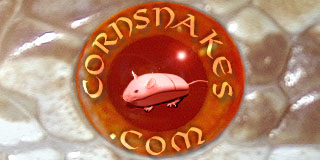EtR_Bliss
Hatchling
I am looking into getting a Lavender Hypo Corn Snake...
I was wondering if there are certain morphs of the corn that are less healthy than another type (including a typical corn snake).
Mainly my question stems from the fact that most pure-breed dogs wind up having health problems that usually specify to the breed. however, mutts (mixed breeds) are a lot more healthy and tend not to get the specific health problems that it would if it were a pure breed.
My question basically is:
-are there any health-related issues with certain morphs
-and are breeders careful not to inbreed
Also, speaking of health problems, is there a certain sex of the snake that tends to have more health issues? (I've seen a female turtle on animal planet that had died because her eggs have become impacted which messed up her organ placements... I don't plan to breed my future corn (don't have one yet) and I don't want that to mess anything up "biologically" for the snake...
I don't plan to breed my future corn (don't have one yet) and I don't want that to mess anything up "biologically" for the snake...
Thanks for all of your help and knowledge :bowdown::rofl:
I was wondering if there are certain morphs of the corn that are less healthy than another type (including a typical corn snake).
Mainly my question stems from the fact that most pure-breed dogs wind up having health problems that usually specify to the breed. however, mutts (mixed breeds) are a lot more healthy and tend not to get the specific health problems that it would if it were a pure breed.
My question basically is:
-are there any health-related issues with certain morphs
-and are breeders careful not to inbreed
Also, speaking of health problems, is there a certain sex of the snake that tends to have more health issues? (I've seen a female turtle on animal planet that had died because her eggs have become impacted which messed up her organ placements...
Thanks for all of your help and knowledge :bowdown::rofl:
